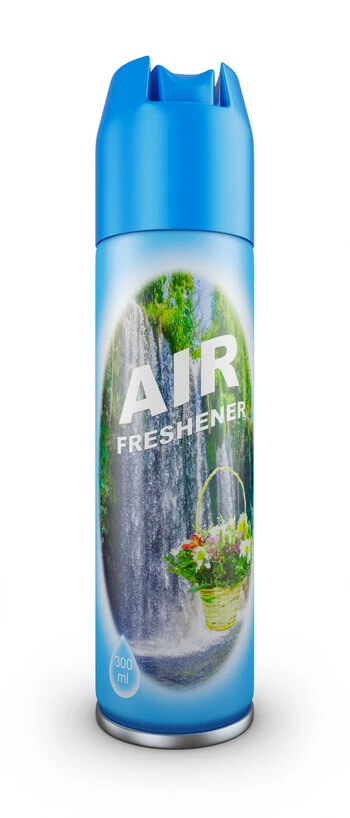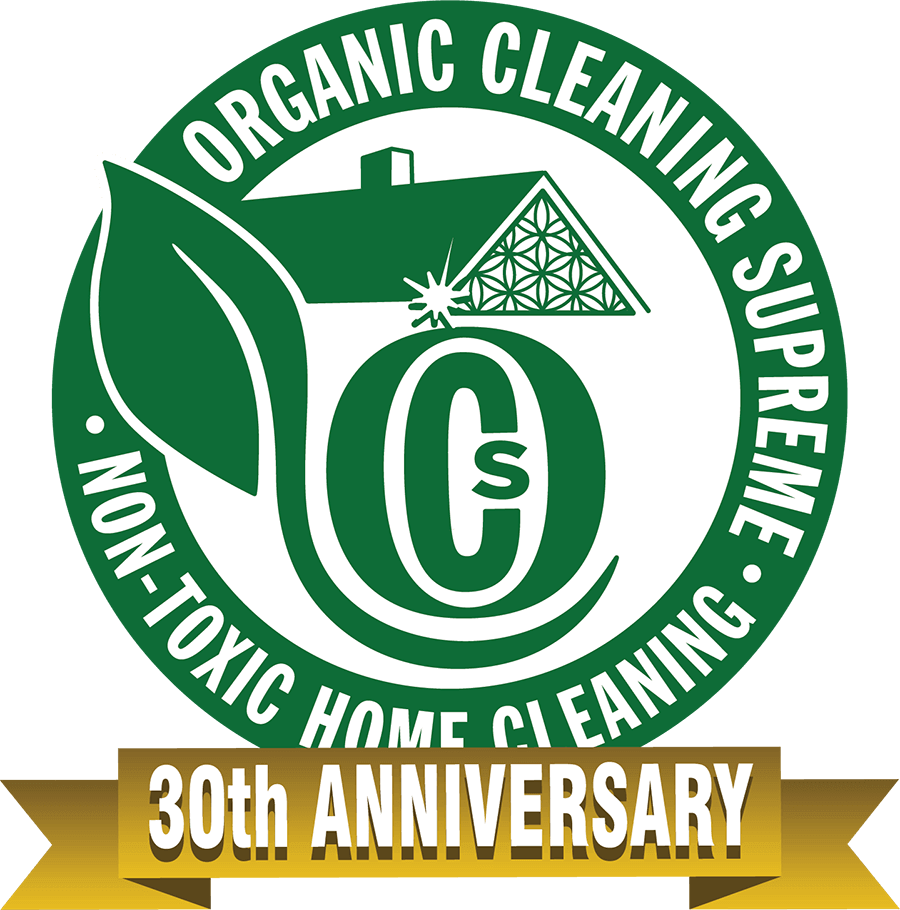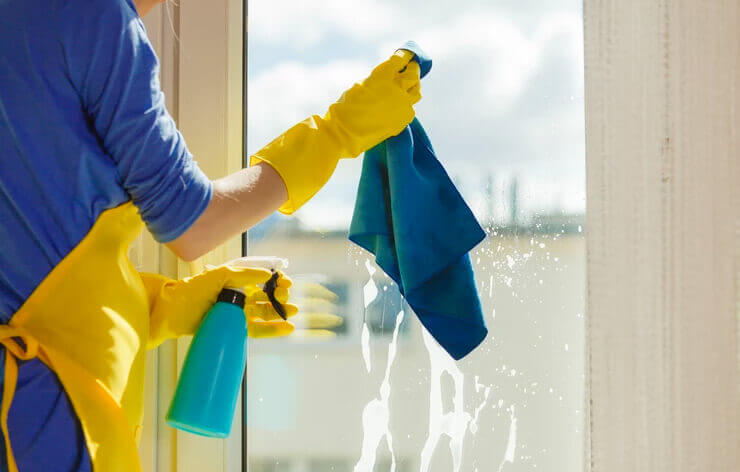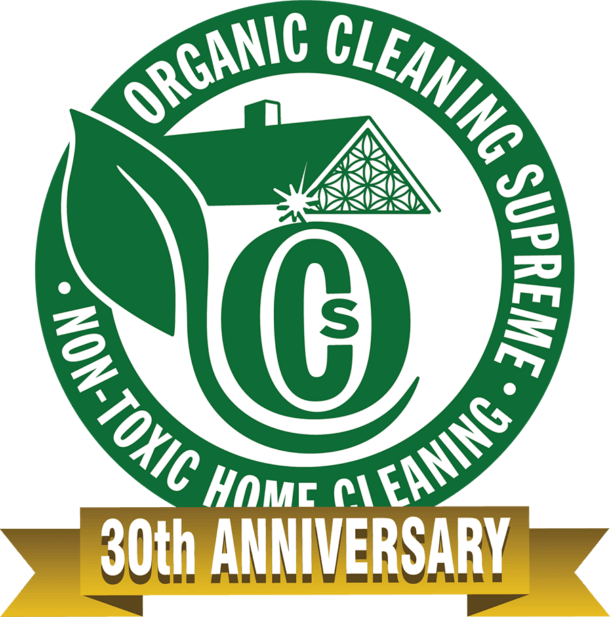Listen to this blog post:
Are pregnant women at special risk of household toxins?
By now, almost everyone, and especially pregnant women have been warned about the potential toxic effects of alcohol consumption and smoking. For pregnant women, the most immediate concern is for the healthy development of their unborn children. Yet, harmful household toxins may be hidden in plain sight.
Do you know what household products pose health risks?
According to the US Agency for Toxic Substances and Disease Registry (ATSDR), a federal public health agency of the U.S. Department of Health and Human Services, states that pregnant women, children and elderly individuals are more sensitive to chemical exposure. A fair number of toxins can be found in common household products.
As early as 2006, the Center on the Developing Child at Harvard University in Cambridge, MA, released a study bringing attention to the fact that some toxic chemicals can interfere with the natural function of proteins, genes and other small molecules in the brain.
Since brain development begins well before birth and continues into adulthood, avoiding exposure to detrimental chemicals, especially during pregnancy is a good idea.
Where are these worrisome chemicals?
Ammonia
This is a chemical you’ll find in glass cleaners and polishing agents. Your reaction to it can be immediate because of its strong odor. Inhaling it will impact the elderly with lung issues and people with asthma. Continued exposure can cause people to develop asthma and chronic bronchitis. Mixed with bleach, ammonia can create a poisonous gas.
2-butoxyethanol
2-butoxyethanol is a main ingredient in a number of window cleaners, falling into the category of glycol ethers, powerful solvents, yet manufacturers of these cleaning products are not mandated to list them on a product’s label. An EPA publication indicates that “Acute exposure to high levels of the glycol ethers in humans results in narcosis, pulmonary edema, and severe liver and kidney damage.” Using these products in an enclosed space like a bathroom, can cause a concentration of damaging effects.
Chlorine
Besides the fact that household tap water contains chlorine, it is also found in toilet bowl cleaners, laundry whiteners, scouring powders and products to remove mildew. It can affect you through fumes and may come through the skin if you don’t use gloves when cleaning with it. Chlorine can be a respiratory irritant and with chronic exposure might interfere with thyroid function.
 Phthalates
Phthalates
Air fresheners, soaps, even paper products like tissue and toilet paper that contain fragrances may contain phthalates. You won’t know for sure, because companies don’t have to tell you what is in their products due to proprietary rights. Simply put, they don’t have to reveal their “secret formula” on their label so, buyer beware.
It is a safe assumption that if a product has fragrance on the label, it contains phthalates. They act as endocrine disruptors, chemicals that may produce adverse developmental, immune, neurological and reproductive effects.
Tossing out those aerosol and plug-in air fresheners may be a wise decision.
Sodium Hydroxide
Most of you won’t be surprised to learn that drain openers and oven cleaners contain harsh chemicals like sodium hydroxide or lye. It burns the skin on contact and breathing it in naturally burns and irritates the throat and airways.
Triclosan
Antibacterial agents, like triclosan are stirring up concern because of the over proliferation of it in so many dishwashing and hand soaps causing the American Medical Association to fear that microbes will develop a resistance and impact the antibiotics that fight them. The Environmental Protection Agency is studying whether triclosan is a carcinogen and could also be disrupting endocrine function.
Some fabric softeners and household cleaners with labels stating they are antibacterial may also contain quaternary ammonia compounds. The concerns are the same as with triclosan. In our next post, we’ll provide alternatives to harmful chemical cleaners. If you’d like to learn more about our organic cleaning methods, contact us today.


